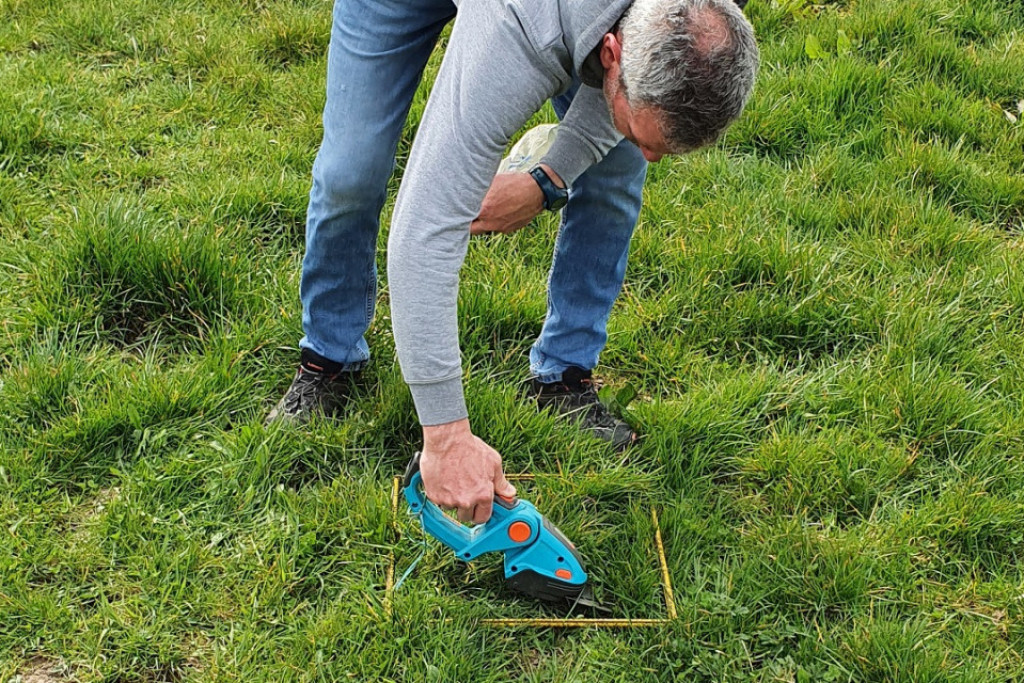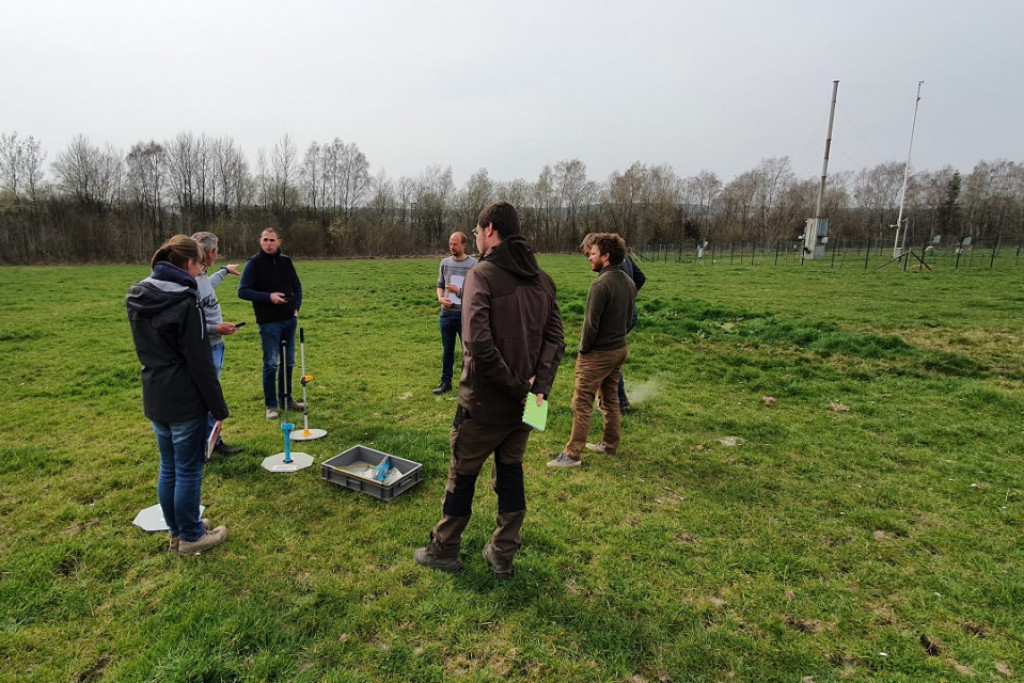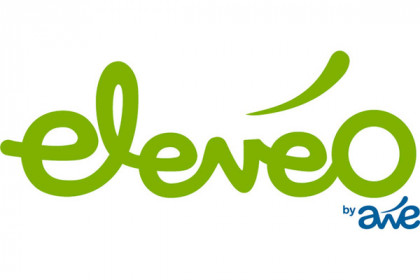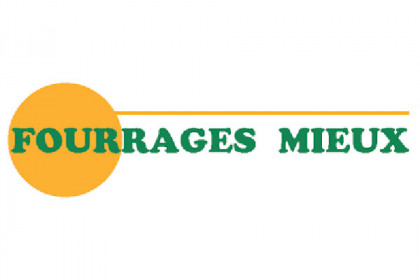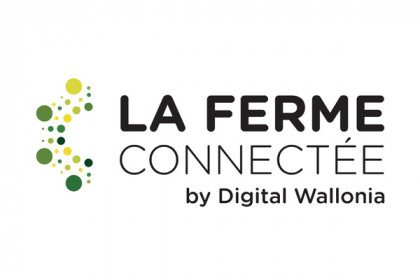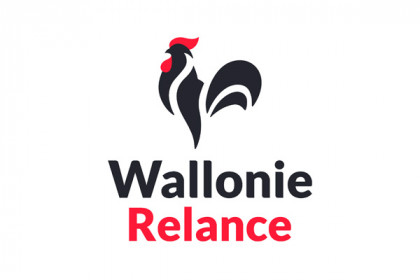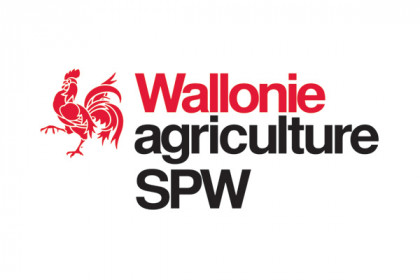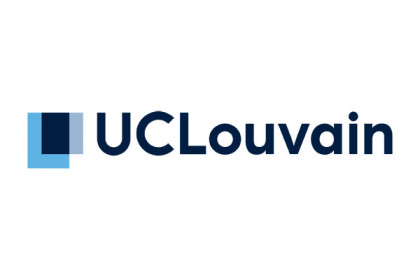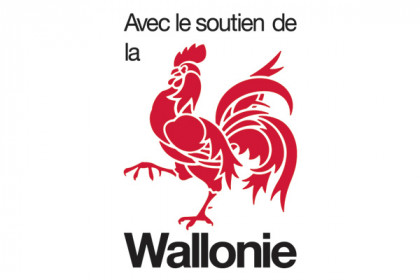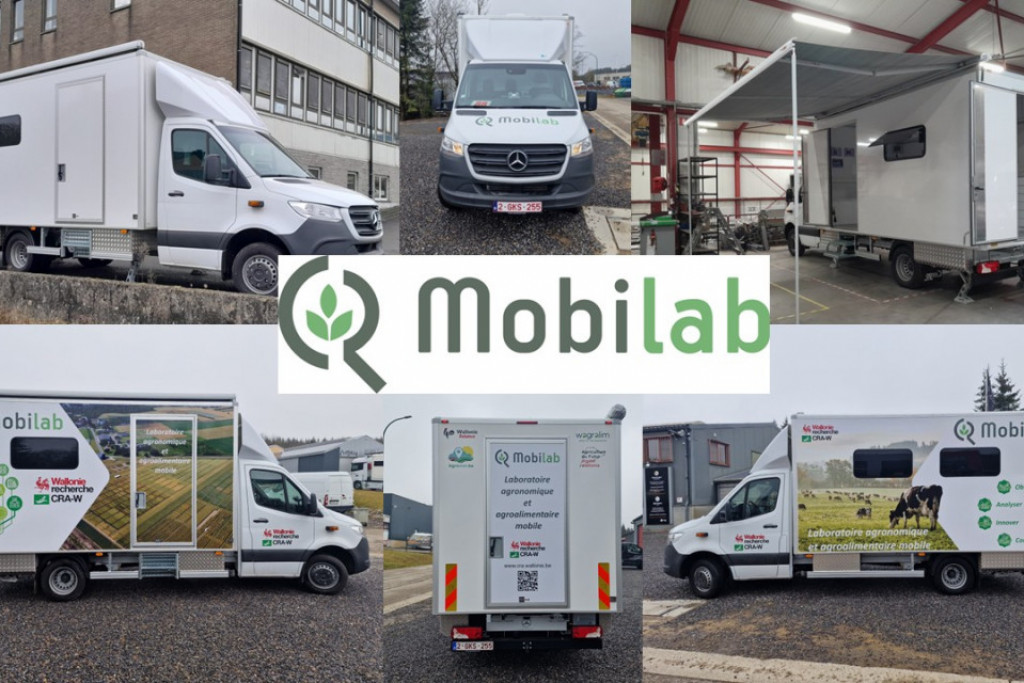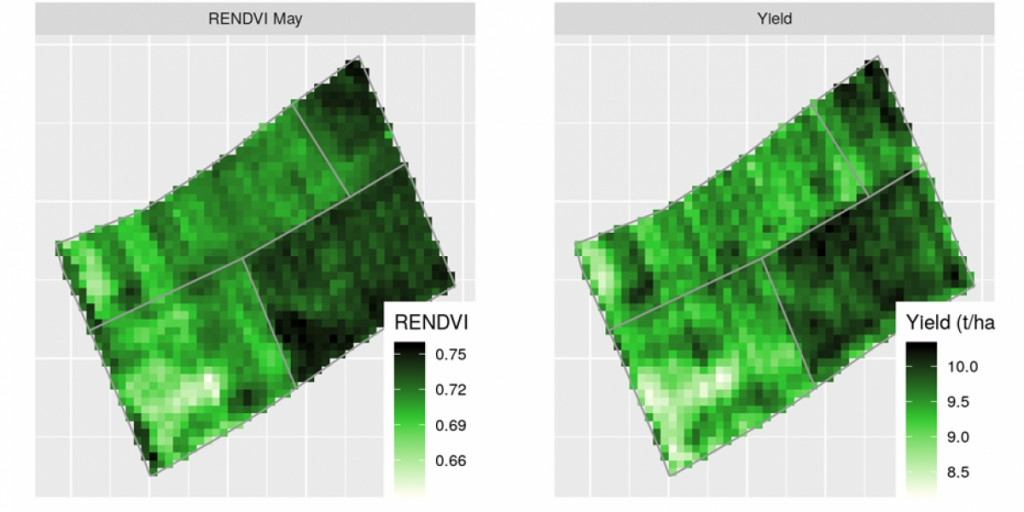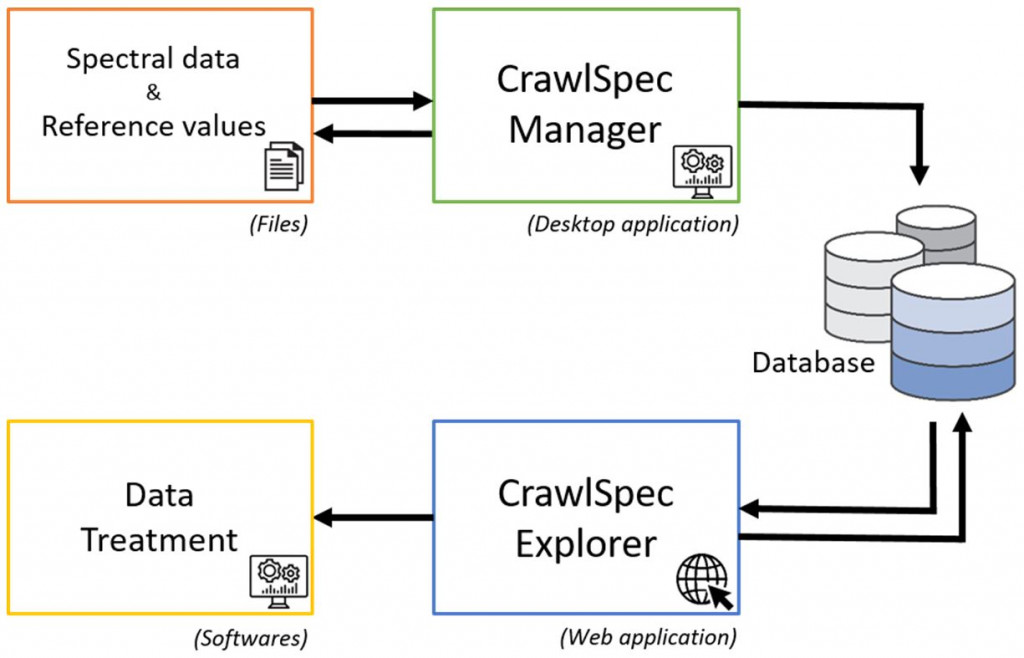Context
Grazing adds value and is an important distinguishing feature of livestock farming in Wallonia. It must be supported and developed. Unlike winter feeding based on the management of known stock, grazing involves managing varying flows, which requires constant adjustments between the supply of grass and the demand of livestock.
Primary aim
The SUNSHINE project aims to assist farmers in managing these flows, and proposes to develop an innovative (2.0) digital version of a meadow-management tool. This would allow (1) grazing schedules to be managed via computer, (2) detailed models of grass growth in conjunction with these schedules and (3) better tools for assessing animal rations.
Approach
The continuous characterisation of grass growth will rely on a multi-source approach, one that combines data from earth observation (satellite images, field data), meteorological data (agromet.be) and data from models. In conjunction with the ‘SMART’ scheduling tool for meadows, a decision support tool (DST) will help farmers to more effectively plan how to use their plots of land, to organise mowing and, lastly, to optimise rations by maximising the value of self-producing resources and, as a result, the economic performance of the system.
Environmental, societal and economic aims
This digital tool will serve as a real ‘grass growth observatory’ in Wallonia, and is a response to the many challenges facing the agricultural sector in Wallonia.
In this way, the increased autonomy in terms of fodder that results from using the DST will have a significant positive environmental impact, thanks to the improved value of fodder resources in terms of both quality and quantity, a reduction in external inputs (concentrates, N for meadows that are rich in legumes) and environmental impacts linked to imports (a reduction in greenhouse gases emitted during the production and transport of these inputs). By supporting the preservation of grassland ecosystems, it also contributes to the fight against global warming, thanks to the increased storage of C, soil erosion, by maintaining a permanent cover, the pollution of water resources by nitrates and even the loss of biodiversity.
On a societal level, greater autonomy in terms of fodder will lead to better quality and traceability for products leaving the farm, as well as an improvement in the diet and health of livestock. Farmers who adopt an active approach to producing food for their livestock themselves tend to present a more appealing image to consumers. Animal welfare, which is a significant concern for consumers, will also be improved through more effective use of grazing.
Economically, the DST will result in tangible economic benefits, thanks to the decrease in external inputs (fodder, concentrates) and the control of fertilisers. Studies have shown that the most autonomous dairy systems in terms of inputs (30% lower use of concentrates) generate a gross margin per hectare that is 40% higher than the least autonomous systems. To this end, the tool will make it possible to reduce dependence on external factors and, as a result, fluctuations in food prices.
The tool will also contribute to the success and influence of smart farming and, speaking more broadly, digital technology, with a view to making agriculture in Wallonia more sustainable.
Funding
The SUNSHINE project is funded by the Walloon Recovery Plan by the Walloon Government (Axis 3, Sub-axis 3.1, Project 142: ‘Deploying Smart Farming: digital technology at the service of the transition’).

